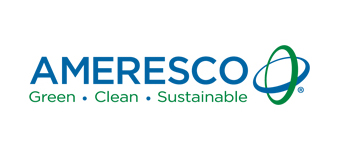Summary
ASU partnered with Ameresco on multi-year, multi-phased, all-encompassing projects to improve the University’s energy consumption and infrastructure without additional capital outlay. As part of a broader commitment of attaining institutional sustainability, ASU selected Ameresco as its strategic business partner to become climate neutral.
“By working together on projects related to energy retrofits in buildings, biogas and bioenergy, microgrid management, innovative transportation systems and perhaps even geothermal energy, Ameresco and RMI will help us bring our ambitions to fruition. It’s an exciting time to be a Sun Devil”
– Nick Brown
Director of University Sustainability Practices, Arizona State University
Senior Sustainability Scientist, Global Institute of Sustainability
Million Square Feet
MW Combined Heat and Power Facility
MW Solar Power Capacity
Annual Energy Savings
Customer Benefits
Through this partnership, ASU has achieved an annual cost savings of over $8 million, saving 98.5 gigawatt hours of electricity, 1.4 million therms of natural gas, significantly reducing its annual energy usage, and reducing its carbon footprint by over 77,247 metric tons of CO2 annually–equivalent to 23 percent of the University’s total carbon footprint.
Services Provided
Since the beginning of our partnership, Ameresco’s responsibilities have included detailed facility and energy analysis, and the design and construction management of facility and infrastructure upgrades. Implemented projects include, but are not limited to:
- 8 MW Combined Heat and Power Facility
- Energy Conservation Measures
- Solar Photovoltaic Systems


